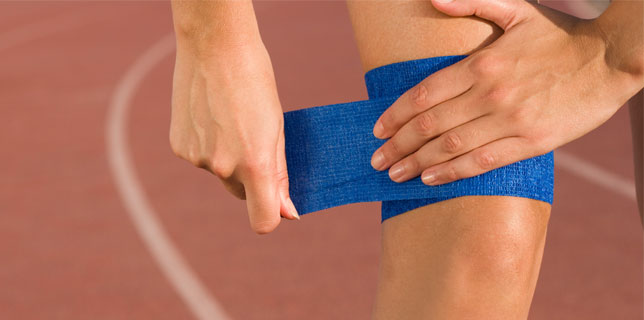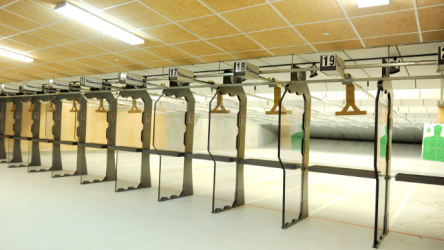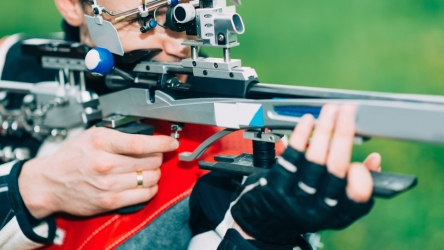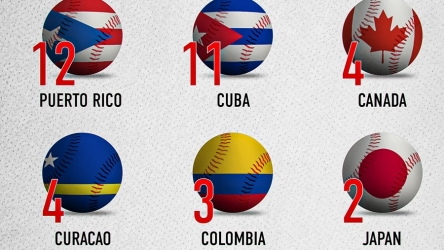
First Aid for Sports Injuries – The First 3 Minutes are Critical
Here is some advice on the actions to take in the first few critical moments after an injury has occurred.
There has been a lot written over the years about how to manage a sports injury and the ongoing treatment that will be needed. There is a wealth of information about what to do in the first 48 to 72 hours following the injury, and without question, the most effective initial treatment for a soft tissue injury is the RICER regime. This involves the application of:-
(R) rest
(I) ice
(C) compression
(E) elevation
(R) referral for appropriate medical treatment.
Most people agree that the R.I.C.E.R. regime is the best place to start, but what about those immediate moments following the injury. Those first few minutes, before you even think about applying the R.I.C.E.R. regime, are vital.
Imagine you are the coach for a local “Under 11’s” football team. It’s early on a cold winter’s morning and the team has been on the field for just a few minutes. You turn your back for a second as two player’s run for the ball and collide with force. One goes down heavily and cries out. You turn back to see him lying motionless on the ground. You race onto the field to assist him. The clock is ticking, your 3 minutes has already started. What do you do now?
Your first priority is to ensure that no further damage is done. See if the injured player is in any further danger and if they are you need to control it, preferably by removing the danger. So, stop the game or have the injured player removed.
Once the player is out of danger, you need to try and get a response from them. Ask if they can hear you, can they open their eyes, know what their name is and if they know where they are.
If you can’t get a response, call an ambulance or a doctor immediately. Then check their airway, breathing and circulation.
If you are able to get a response, apply the S.T.O.P. regime. This involves:-
(S) stop
(T) talk
(O) observe
(P) prevent further damage.
Stop
Stop the injured player from moving! They need to stay as still as possible to prevent any further damage and let you properly assess the injury.
Talk
Ask the injured player what happened, how it happened, what they felt, where it hurts and if they’ve ever injured that place before.
Observe
While you’re talking to the injured player be taking mental notes of what they’re doing. Are they holding themselves in an unusual way? Are they lying in a strange position? Check to see if there is any swelling or bleeding at the site of the injury. Is the injured area deformed or out of shape? Is there a difference when you compare it to the other side? Is it sore or tender to touch? Can they move the injured part?
Prevent Further Damage
It is time to assess the severity of the injury.
Is it minor? Is it a bump or a bruise that does not weaken the player’s physical performance? If so, let them play on. Offer some encouragement, monitor the injury and apply the R.I.C.E.R. regime just to be safe.
Is it a less severe injury? Is it a sprain, strain or a severe bruise that does weaken the player’s ability to play on? If so, get the player off the field and apply the R.I.C.E.R. regime as soon as possible
Is it a severe injury? Does the injury affect the head, neck, face or spinal cord? Does it involve shock, excessive bleeding, or bone fractures and breaks? The treatment of these types of injuries goes way beyond the relatively simple soft tissue injury treatment. Seek professional help immediately.
Well done! Your 3 minutes are up and you have successfully prevented any further damage to the injured player, you’ve assessed the injury and prescribed the recommended treatment strategy.
If you’re involved in any activity whereby you are likely to need further knowledge regarding first aid, whether that be professionally or voluntarily I would highly recommend that you look at some First Aid at Work Safety Training Courses.







